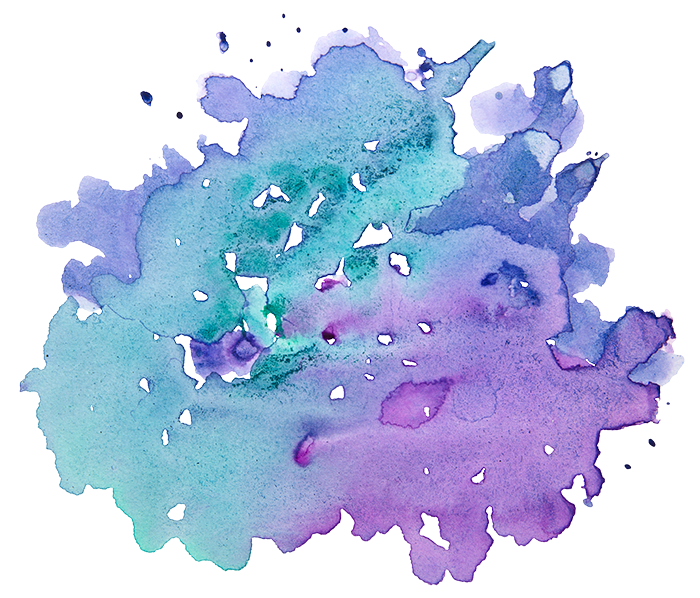Written by Caroline Musin Berkowitz
This week, we read two of my favorite Torah portions, Tazria and Metzora, and we learn about what to do when faced with, well, blood and guts. The laws are complex and full of examples of what is tamei, ritually impure, and what is tahor, ritually pure.
If you have a rash, or swelling, or another potential form of tzara’at, leprosy, you must go to the Kohein (High Priest), who will examine you. If the Kohein decides that you have tzara’at, you are tamei and will be sent out of the community, isolated for seven days. Tzara’at can also happen to fabric, or to a house. If you notice reddish or greenish streaks in the walls of your house, the Kohein will come, determine tzara’at status, and send your family out of your tamei house, isolating it for seven days. This separation also goes into effect after the emission of blood or other discharge from one’s body—sometimes the separation is for a day, and sometimes it’s for a week. Not only is the individual affected considered tamei, but anything he or she touches—bedding, dishes, clothing, other people—will also be rendered tamei from the contact.
We could discuss how tzara’at can be caused by non-physical afflictions, or why different forms of discharge require different periods of separation, or any other amount of minutia—trust me, there’s a lot of it! —presented in these chapters, but I’d like to leave you with a thought about what happens at the end of the separation. After a period of time away from the community, the individual returns, but first must make a korban, a sacrifice. Isn’t it interesting that before returning to your community, you must first get closer to God? Does that mean that while tamei, during the separation, we are farther away from God?
Caroline Musin Berkowitz was a Hornstein Intern at Mayyim Hayyim during the 2003-2004 school year. After completing the Hornstein/Heller program at Brandeis, she returned to Chicago, where she works in the Jewish community and tweets @CarolineEr.

